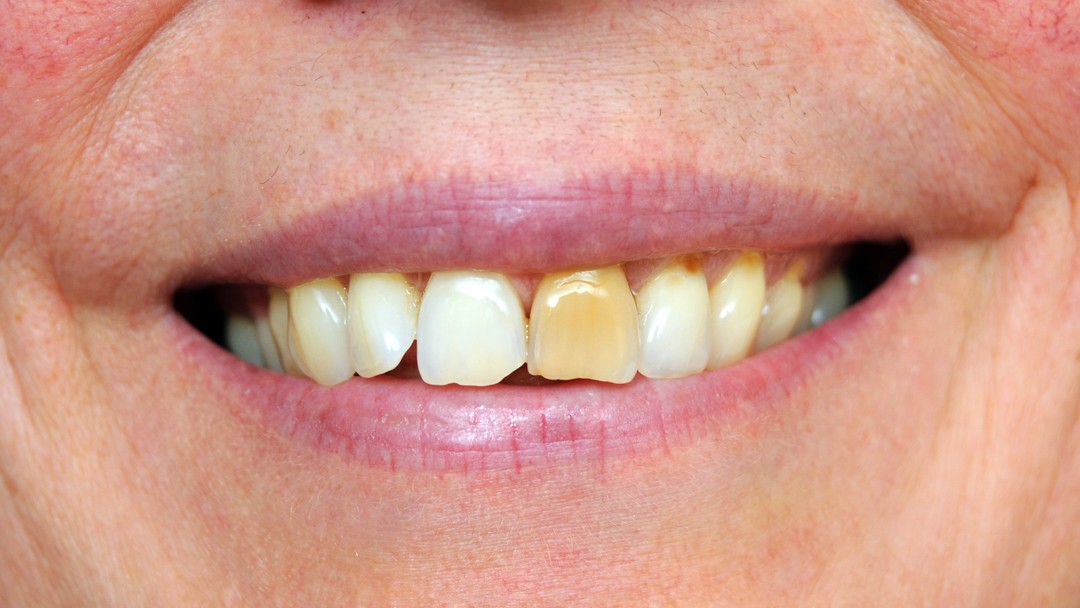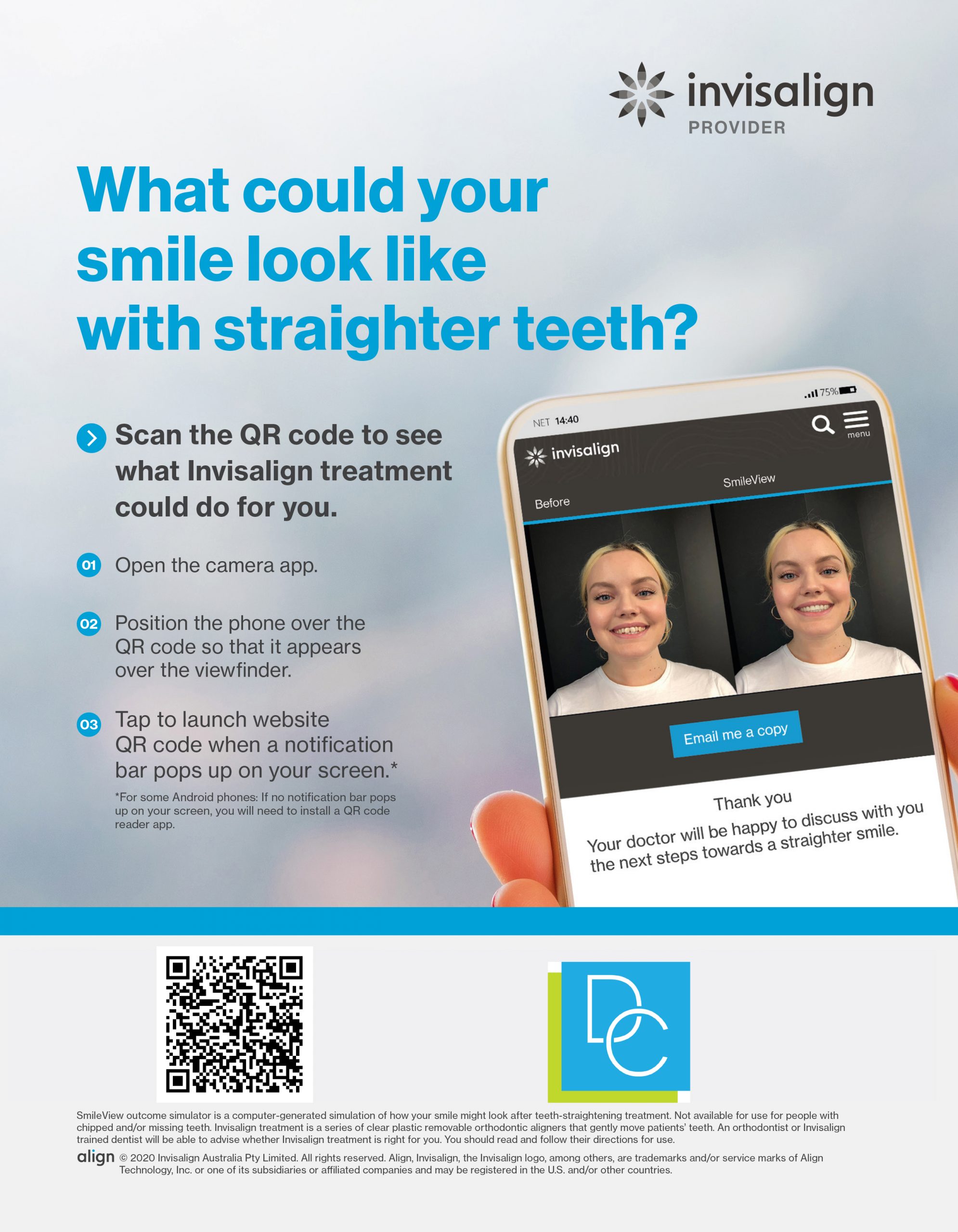- December 2023
- April 2022
- March 2022
- February 2022
- January 2022
- November 2021
- October 2021
- September 2021
- August 2021
- July 2021
- January 2021
- December 2020
- November 2020
- October 2020
- September 2020
- August 2020
- July 2020
- June 2020
- May 2020
- April 2020
- March 2020
- February 2020
- January 2020
- December 2019
- August 2019
- July 2019
- June 2019
- May 2019
- April 2019
- March 2019
- February 2019
- January 2019
- December 2018
- November 2018
- October 2018
- September 2018
- August 2018
- July 2018
- May 2018
- April 2018
- March 2018
- February 2018
- January 2018
- November 2017
- October 2017
- September 2017
- August 2017
- July 2017
- June 2017
- April 2017
- March 2017
- January 2017
- October 2016
- October 2015
- September 2015
- August 2015
Does Discoloured Teeth Mean They’re Unhealthy?
20 September,2017Are Stained Teeth Unhealthy?
It can cause embarrassment when you notice your teeth a little more on the yellow side than the white side, especially when media is plastered with people who have gleaming pearly whites. But just like the hair on our head changes colour as we age, so does the colour of our teeth. There are a number of foods that can contribute to the discolouration of your teeth, but it can also be quite a natural occurrence for people.
When we are younger, it is likely that teeth will appear brighter in colour, and tend to have a thicker white enamel. This layer of enamel tends to dissipate in time, and become translucent which can display the yellow dentine which causes a more yellow appearance in the teeth.
Through the years, the teeth may move to be progressively darker. However, there are steps that can be taken to change the appearance of the teeth, such as teeth whitening. However, it is perfectly natural for your teeth to have an aged appearance over time. The look of teeth can vary from white all the way to a brown colouration, dubbed ‘dental shading’ by numerous dentists.
Types of Stains
Although there are varying colourations that teeth can take on, there are only really two types of stain categories. There are:
- Extrinsic: Stains that appear on the outer surface of the teeth.
- Intrinsic: Caused by the changes of the inner layers of your teeth.
Both these types of stains carry different characteristics, effects and are treated in a different way.
Are They Healthy?
The only person who can really determine this is your dentist, however it doesn’t strictly come down to the colour of your teeth. Healthy teeth can appear stained, and unhealthy teeth can appear pearly white.
The stains that may indicate something more serious lying below the surface of your teeth are:
- Green Stains: This is quite a rare type of stain, but can indicate a health problem. They are caused by exposure to metals which are toxic, such as copper or nickel, or by bacterial or fungal infections within the teeth. If you notice this in yourself, or in a child, it is best to consult the advice of your dentist.
- Orange Stains: Common in younger children, orange stains are caused by bacteria build up. Generally, it appears when people aren’t brushing their teeth properly or thoroughly.
If you notice any stains that aren’t going away from general cleaning, make sure you consult our friendly dentist. Also refer to for additional thoughts and ideas for a brighter whiter smile.
Last updated 5th January, 2019 by a teeth bleaching professional near you


